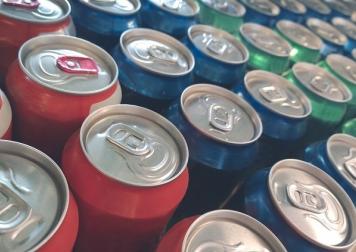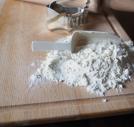Five Things You Should Know About Delayed Healing and Diabetes
There are many things you have to worry about when you live with diabetes, such as being unable to heal properly.
Don't let a small scrape or sore turn into a serious concern.
Here are five things you should know about delayed healing and preventing infection.
1. Poor Circulation
High blood sugar levels can harden the arteries and cause blood vessels to become narrow. If this happens, it can lead to decreased oxygen and blood flow to a wound. A wound that does not receive enough nutrients and oxygen will heal much slower than normal.
High blood sugar levels can also negatively affect how red blood cells carry nutrients to tissues, especially in the lower extremities, such as the feet. When sugar levels are high, white blood cells are not able to fight infection as efficiently as they should.
2. Neuropathy
When blood sugar levels are not controlled, the nerves in the body can become affected, which can result in a loss of sensation. This is called diabetic neuropathy, and it is another important risk that diabetics must keep in mind when dealing with injuries, as wounds can often go untreated or ignored because the awareness of pain has changed or been lost. Patients will not feel when a blister, infection or surgery wound has become a problem.
3. Ischemia
Ischemia occurs when there is short supply of blood to body tissues. Ischaemic ulcers can often be the result of ill-fitting shoes and generally happen where the foot and the shoe make contact. One example is at the tip of the big toe or underneath the toe nails. Wounds like these may worsen with pressure and develop a pale discoloration and reddening.
4. The Immune System
When blood sugar levels are high, the immune system is not able to protect or repair the body like it should, which raises the danger of infection. Studies have shown that certain enzymes and hormones that the body produces as a response to high blood sugar levels may be responsible for negatively impacting the immune system.
5. Obesity
Obesity, which is often associated with type 2 diabetes, can also have a negative effect on healing. One of the reasons why obesity can undermine the healing process is because fatty tissue does not have all of the nutrients that the blood cells need in order to recover.
How to Prevent Infection and Improve Healing Time
Maintain a healthful diet full of nutrients that help you regulate your blood sugar levels. Make sure your diet is full of essential vitamins, such as vitamin C, which help with the healing process.
Be aware of your body and check for open wounds and pressure points, especially on your feet. Keep an eye out for signs of infection and contact your doctor if the wound does not appear to heal.
Maintaining a regular exercise routine can help to lower blood sugar levels, maintain a healthy weight, and reduce chronic inflammation. It may also help with cardiovascular health, which is important for maintaining good circulation for the healing of existing wounds and can help prevent future ones as well.
Sources: WoundCareCenters.org and NursingTimes.net


































